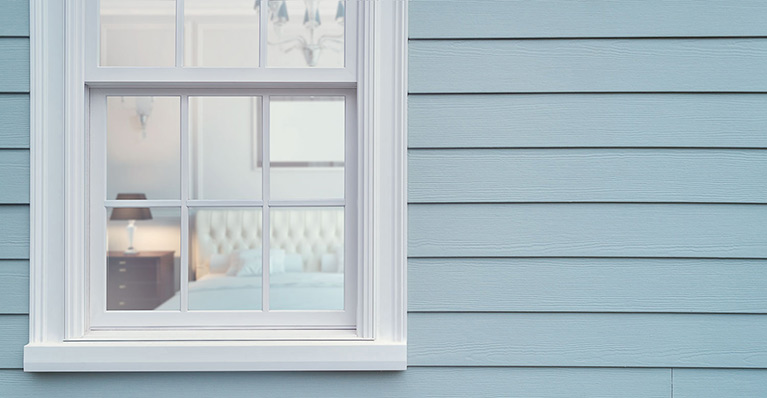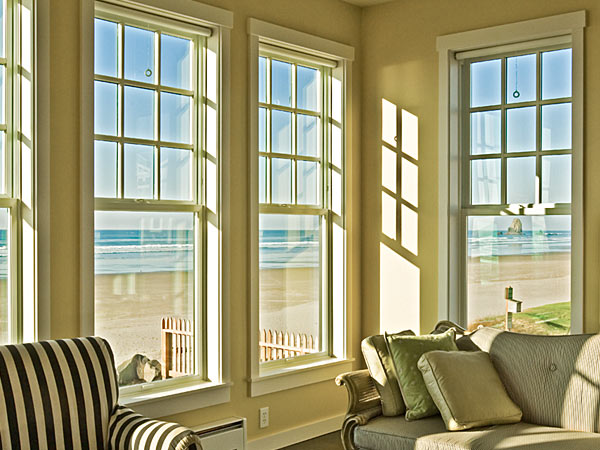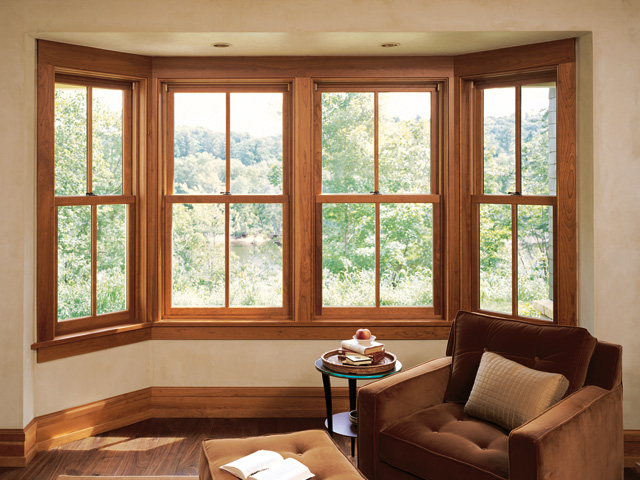
Comparing Vinyl vs. Fiberglass Windows
The choice of windows for renovation or your new construction is the ultimate decision. Windows give you an outdoor view, bring you sunlight, and are a crucial part of your home’s natural ventilation. For decades, wooden windows have dominated the scene, but other materials have intruded the space over time. Such materials include polyvinyl chloride (PVC) and fiberglass, made of strands of glass produced through extreme heating and impregnation with resins. Here is the comparison between vinyl and fiberglass windows.
Vinyl windows
Aesthetics
• Vinyl windows have thick frames and hence significantly less glass space hampering natural light penetration. They have an appreciable noise-proofing capacity and are available in various colors to suit your preference. However, they are more susceptible to ultra-violet degradation (they fade on prolonged exposure to sunlight). When that happens, replacement is inevitable because you cannot paint them.
Durability and strength
• Vinyl is an inert substance that is durable. Vinyl windows can last for approximately 30 years and are also relatively strong, especially when appropriately framed. They, however, are associated with seal failure, especially in their welded corner seams, causing fogging and condensation.
Installation
• Vinyl windows have a non-complicated installation procedure. You can install them if you possess average skills with such instruments as the hammer, power drill, tape measure, and a utility knife. In doing so, you avoid professional installation, which significantly reduces costs.
Energy efficiency
• Vinyl expands and contracts due to seasonal temperature changes causing seal failure, which compromises its insulation capability. As such, there’s an unwanted temperature gain or loss through the window.
Eco-friendliness
• The production of plastics involves the elucidation of harmful chemicals and fumes. They are also not easily recyclable. Vinyl windows are, therefore, considered ecologically unfriendly.
Cost
• Vinyl windows are the least expensive of windows, 15- 30% cheaper to buy and install.

Fiberglass windows
Aesthetics
• Fiberglass windows have thinner frames due to their increased strength. They afford more glass space which is perfect for outdoor viewing and penetration of natural light. They have better noise-proofing and are five times more resistant to ultraviolet degradation. They are also paintable.
Durability and strength
• Fiberglass windows are more durable, lasting for approximately 50 years. They are eight times stronger than vinyl windows resisting warping and cracking. Seal failure is rare because they are made of the same material as glass panes thus, expanding and contracting at the same rate.
Installation
• Fiberglass windows are not readily available; you order from a manufacturer. They need professional installation, which increases the overall cost. Most manufacturers disregard windows’ warranties when damage occurs during installation by a non-professional.
Energy efficiency
• Fiberglass windows are more resistant to temperature changes. They are 15% more energy-efficient than vinyl windows.
Eco-friendliness
• Fiberglass windows consist of approximately 60% recycled glass making them more eco-friendly.
Cost
• Fiberglass windows are considerably more expensive than vinyl windows. They also have additional installation costs.

In conclusion, when the cost is the main factor to consider, vinyl windows carry the day. On the other hand, when factors such as appearance, strength, durability, energy efficiency, and environmental protection are at stake, fiberglass windows edge them out. Therefore, your preference influences your choice
